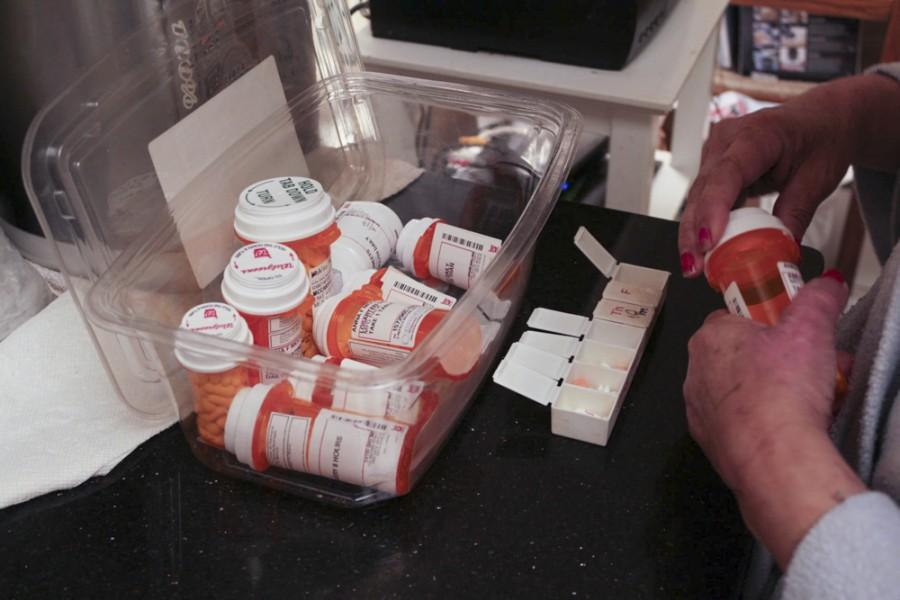Dealing with Dialysis
April 6, 2016
My mother, Anna, has had diabetes for more than 15 years; she has been a dialysis patient for the last six years. In the years since she first started dialysis, she has slowed down tremendously. Growing up, my mom was always the life of the party. She made everybody laugh, smile and want to stay by her side. Our family loves her; she is the heart and soul. She has the soul of a saint, always seeing the best in people and giving to those in need. She still has an amazing personality, but she has been sapped of her playful spirit. My greatest fear is that she will never see her future grandchildren. She may never see me graduate from college. She is the only person in our family with an O+ blood type, which limits who can donate a kidney to her.
In the United States, 650,000 people undergo dialysis as a result of kidney failure every year, according to UCSF Schools of Pharmacy and Medicine. Kidney failure can stem from different types of disease, but diabetes accounts for 44 percent of all kidney failure patients, according to UCSF.
Diabetes is a disease that causes a person’s blood sugar to rise to extremely high levels. When the body doesn’t produce enough insulin to break down the sugar consumed, the spike ensues. As a result, patients have to undergo dialysis, a process where doctors take liters of fluid out of the patient’s body and reinsert the fluids. This procedure is very invasive to the body and can either be treated overnight, or in more serious situations, at a dialysis center, according to the American Diabetes Association.
More than 100,000 Americans are currently on the kidney transplant list but less than 20,000 kidneys are donated annually. You do not need to be a doctor to save a life. You can sign up to become an organ donor at OrganDonor.gov and save the lives of many other people in the event that you pass away.

















